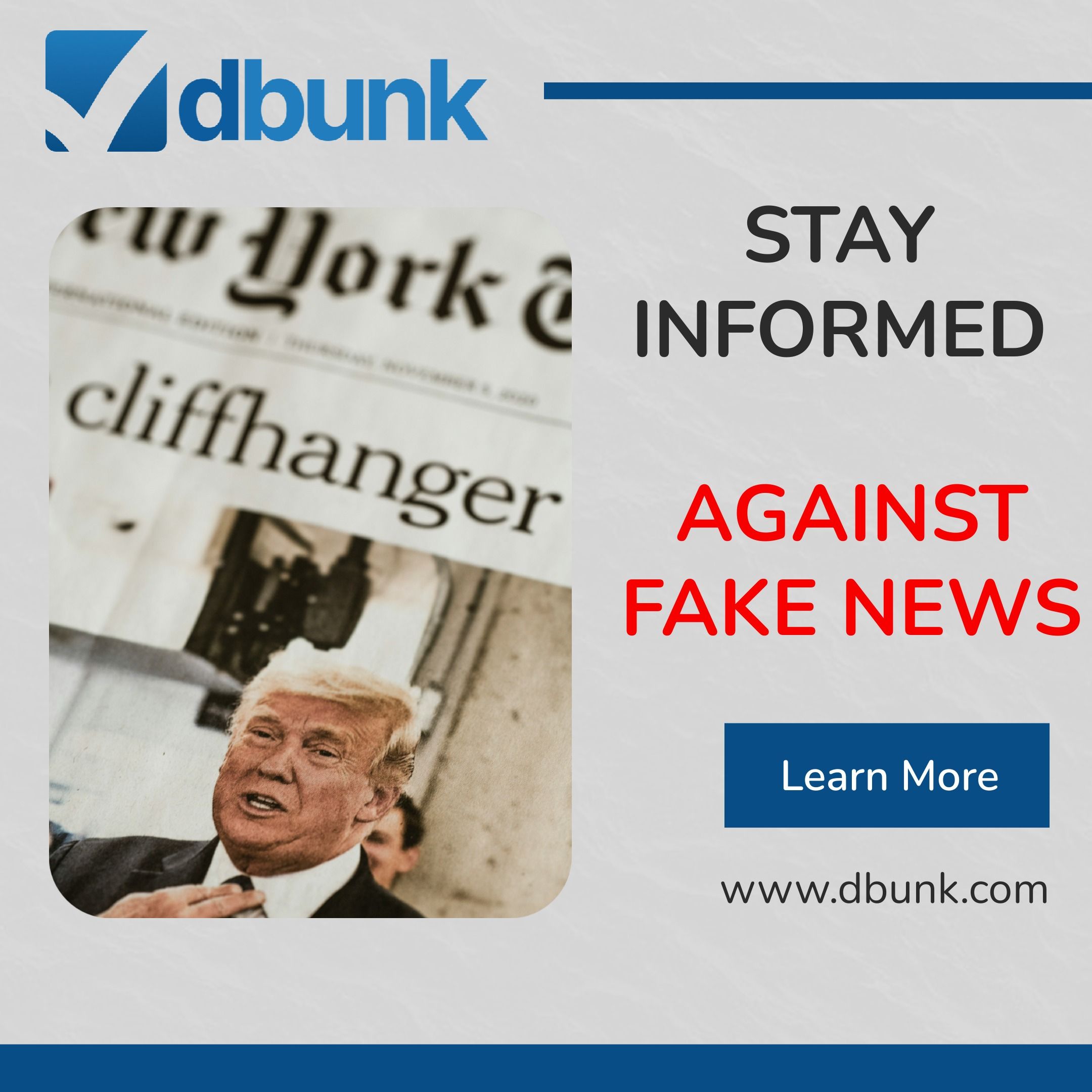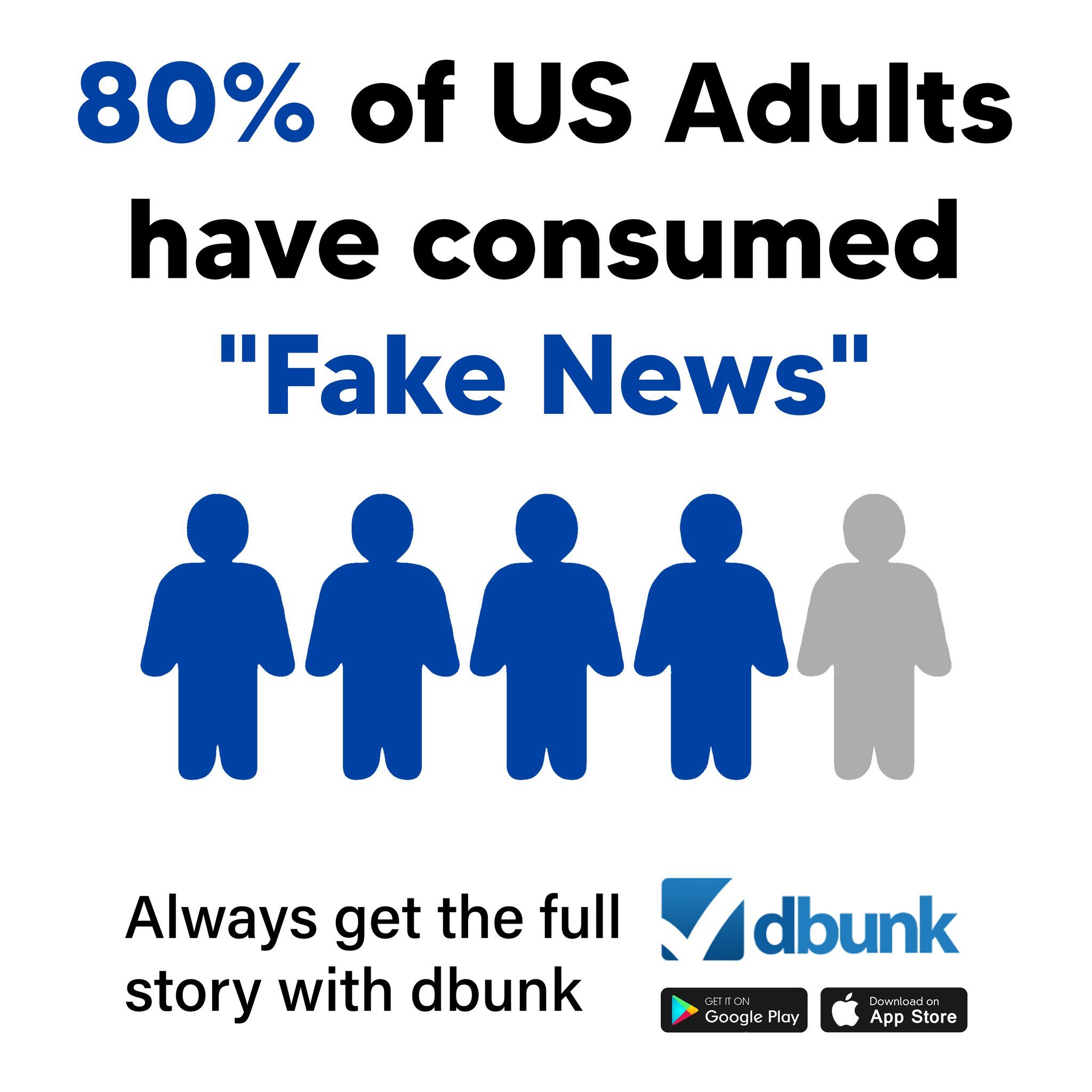
Introduction
The article published on May 30, 2025 by CNBC reports that former President Donald Trump accused China of violating a preliminary trade agreement made earlier in the month. The user who flagged the article posed an important question: “Why should China follow a deal if Trump keeps changing the terms?” In this fact check, we analyze the accuracy and fairness of the claims made, and determine whether factual reporting may have been affected by bias or missing context.
Historical Context
Tensions between the United States and China over trade policies have escalated routinely since 2018 when President Trump imposed tariffs on hundreds of billions in Chinese goods, citing unfair trade practices and intellectual property theft. Both sides exchanged tariffs in a series of retaliatory moves. The May 12, 2025 agreement marked a short-term 90-day pause on further tariff increases—a fragile temporary detente designed to stabilize markets while negotiations continued. This context is key to evaluating present claims of bad faith by either side.

Fact Check of Key Claims
Claim #1: “China has ‘totally violated’ the preliminary trade deal made with the U.S.”
This accusation hinges on the assumption that China did not follow through with the 90-day tariff pause or other implicit commitments. While it is true that tensions have resurged, there is currently no publicly available evidence from either government that clearly documents a breach of the May 12 agreement by China. The U.S. Trade Representative’s office has not released a formal statement with evidence outlining the specific violations referred to. Additionally, no third-party economic or trade data has surfaced to suggest that China resumed retaliatory tariffs during the agreed-upon pause. Therefore, this claim lacks verifiable support as stated. Verdict: Insufficient evidence.
Claim #2: “The U.S. did exactly what it was supposed to do … the Chinese are slow rolling their compliance”
Trade Representative Jamieson Greer’s statement echoes a sentiment common in diplomatic disputes—frustration with timing and implementation. However, “slow rolling compliance” is a vague description rather than a concrete violation. According to Bloomberg and reports from the International Trade Administration, no new Chinese tariffs or major policy reversals have been documented following the May 12 pause, although delays in certain import clearances and restrictions on U.S. firms’ operations were noted by trade analysts. These actions could be interpreted as technical obstructions but don’t constitute formal breaches without a structured agreement defining timetables. Verdict: Lacks detail and specific evidence.
Claim #3: “Trump’s tariffs devastated China’s economy, causing civil unrest and factory closures”
This sweeping assertion exaggerates the known impacts of the trade war. While China’s economy experienced some slowdowns during the 2018–2020 phase of the tariff exchange, multiple independent analyses by the IMF and World Bank showed resilience and adaptation—including a redirection of exports and bolstered domestic consumption. There is no verified report of widespread factory closures specifically tied to Trump’s latest actions in 2025, nor evidence of “civil unrest” as mentioned. Protests within China are heavily suppressed and rarely confirmed publicly, so such claims require evidence, which is not presented in the article or elsewhere. Verdict: Overstated and unsupported.

Claim #4: “The deal stabilized everything, and China got back to business as usual”
This claim seems to oversell the effectiveness of the 90-day agreement. Stock markets did rebound slightly after the deal, and diplomatic dialogue opened briefly. However, “everything stabilized” is an overly optimistic summary. Chinese exports remained subdued, and U.S. businesses continued lobbying for clearer terms. While tensions may have slightly thawed, experts from the Peterson Institute for International Economics and Reuters reported ongoing mutual distrust. The implication that harmony was fully restored is misleading. Verdict: Misleading simplification.

Conclusion
The CNBC article accurately reflects President Trump’s social media statements and includes comments from key U.S. officials. However, several high-impact claims regarding China’s actions and the economic fallout lack independent verification or are stated without sufficient context. The piece presents one side of a complex situation and relies heavily on political rhetoric without offering evidence or a response from Chinese officials. While the reporting itself is factual in referencing direct quotes, the information provided is incomplete and allows significant allegations to go unchecked. The user’s concern about whether China was reacting to Trump’s own moves is valid—especially given the pattern of fluctuating policies that have characterized U.S.-China trade relations. Overall, while the article isn’t overtly misleading, it lacks the nuanced context that readers need to fully understand the claims being made.

Help Fight Misinformation with Us
Want to stay informed in a world full of misinformation? Download the free DBUNK app to instantly access trustworthy fact checks, and follow us on all major platforms to get your truth, fact-checked. Submit your own articles and help uncover the truth today.
Link to Original Article
Read the original CNBC article here

